10 GPTs for Wildlife Education Powered by AI for Free of 2025
AI GPTs for Wildlife Education are advanced, intelligent tools powered by Generative Pre-trained Transformers technology, specifically adapted to facilitate learning and exploration within the wildlife education domain. These AI tools are designed to understand, generate, and process content related to wildlife, offering tailored educational experiences. By leveraging natural language processing capabilities, they provide interactive and informative resources that enhance understanding and engagement with wildlife topics, making complex information accessible and engaging for users of all ages.
Top 10 GPTs for Wildlife Education are: City Naturalist_JIRO Sensei,Bird Finder,Isle Royale Explorer,Chef Gardener,🏞️ Nature Trail Companion 🌲,Forest Explorer,AllBreedInfo,🐾🔍 Animal Kingdom Explorer GPT 🦁🌿,🏞️ Nature's Trail Recreation Helper 🌳,Predator
City Naturalist_JIRO Sensei
Explore nature with AI-powered guidance.
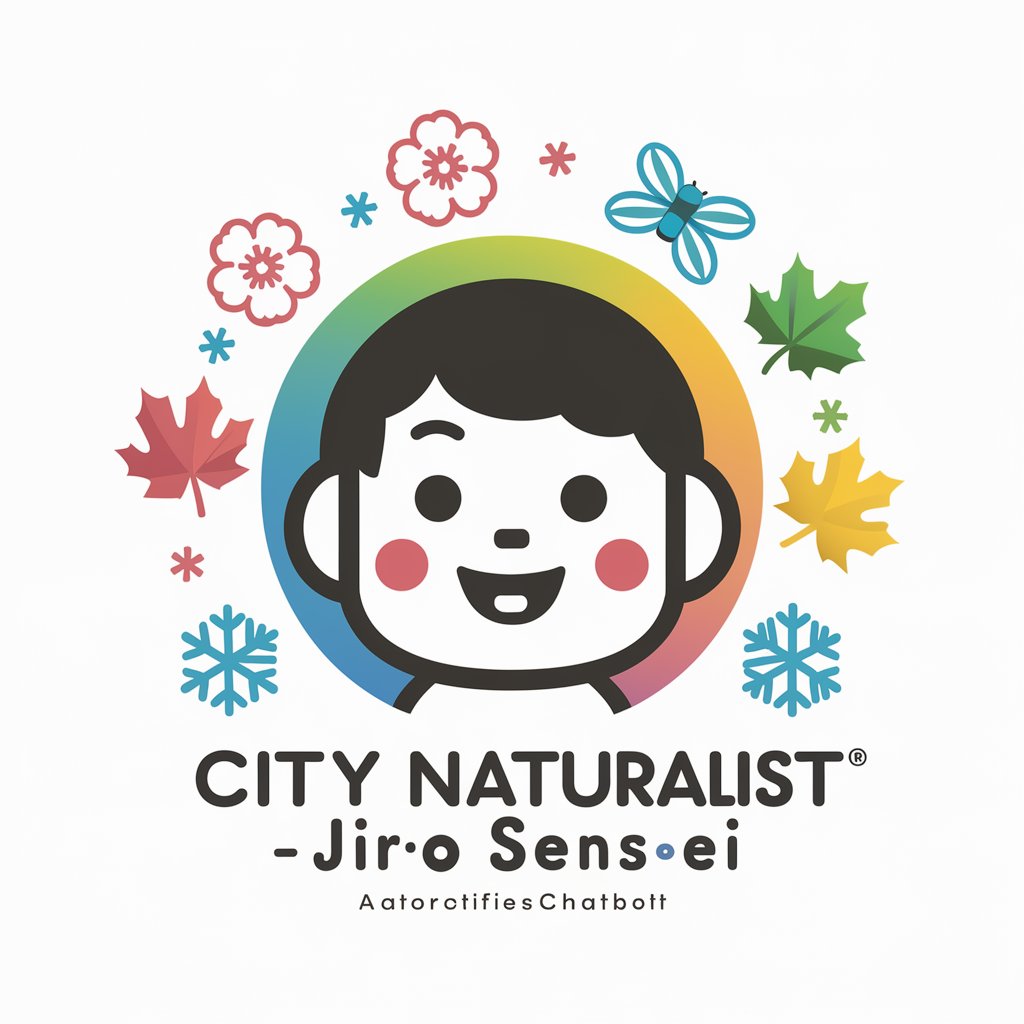
Bird Finder
Discover and learn about birds with AI
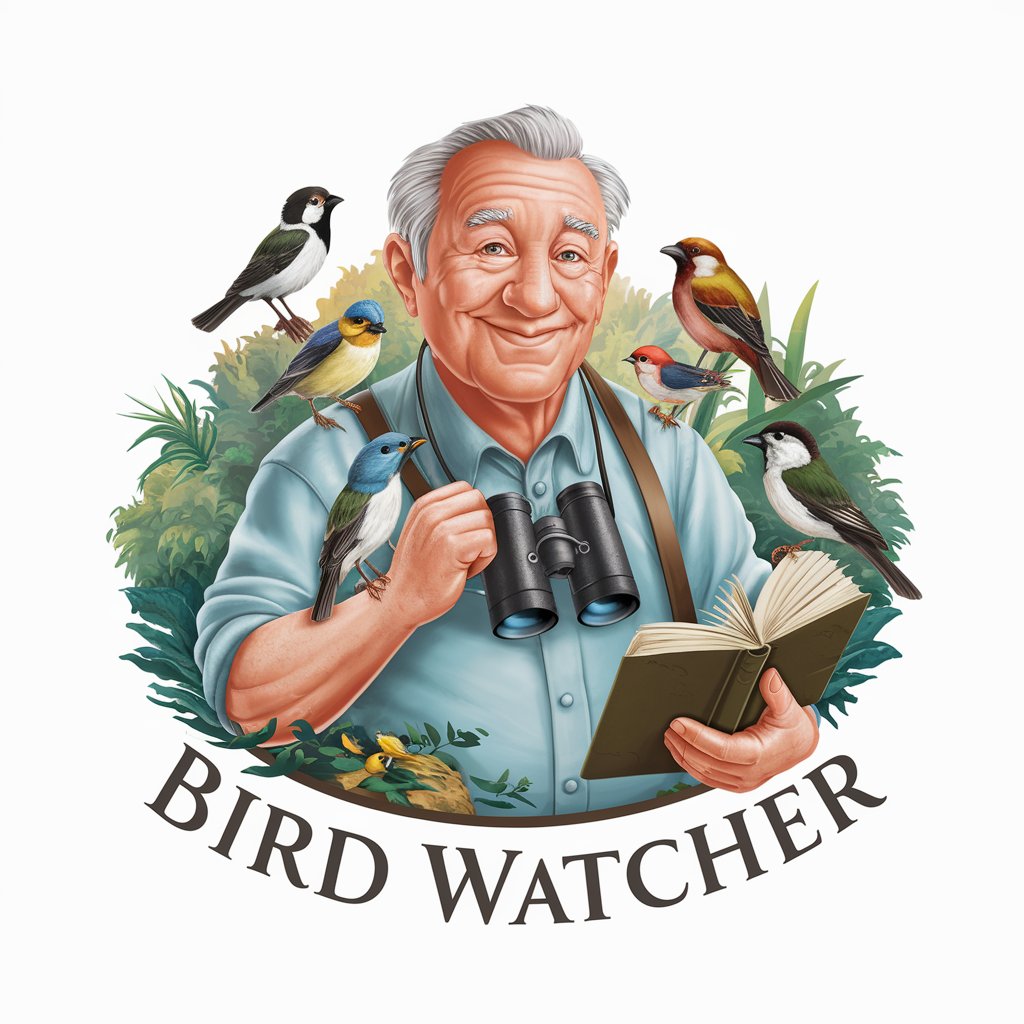
Isle Royale Explorer
Explore Isle Royale with AI
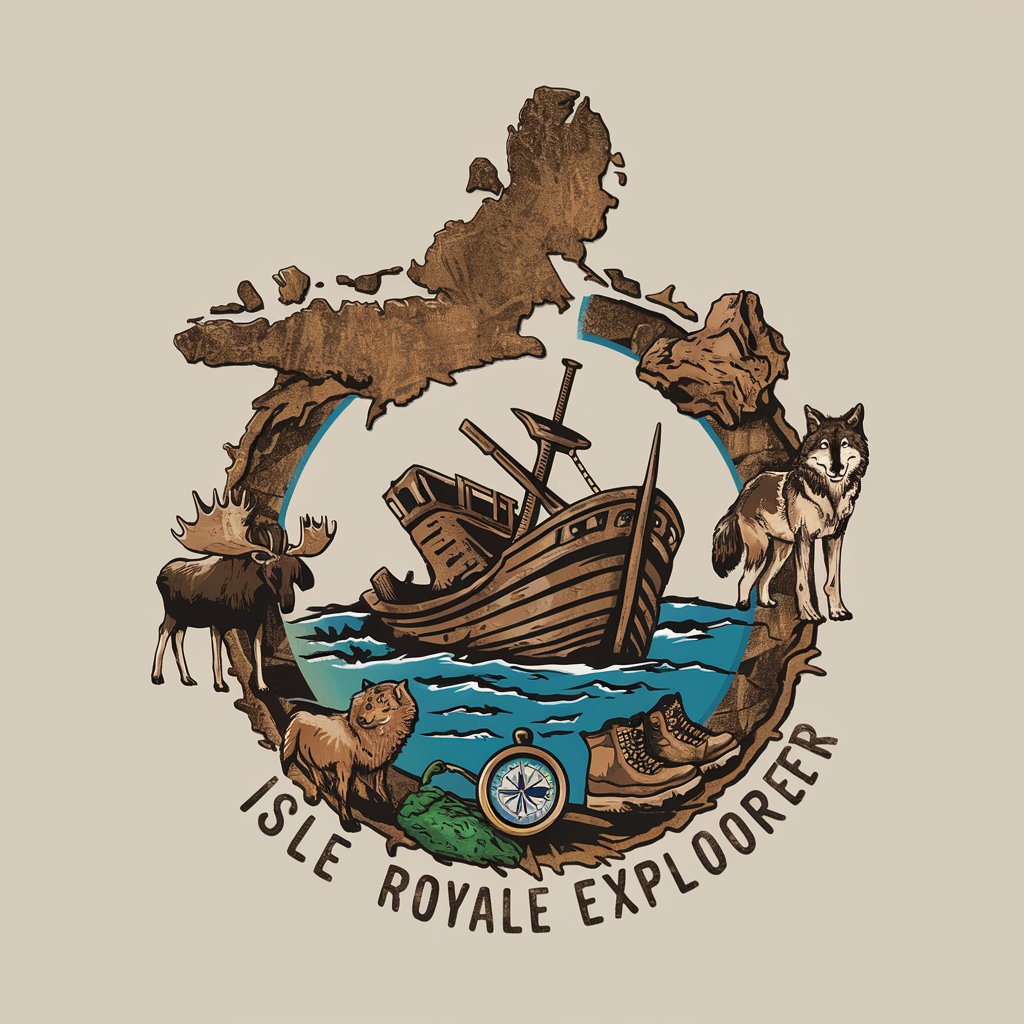
Chef Gardener
Sow, Grow, and Cook with AI

🏞️ Nature Trail Companion 🌲
Your AI-Powered Path to the Great Outdoors

Forest Explorer
Explore Forests Smartly with AI
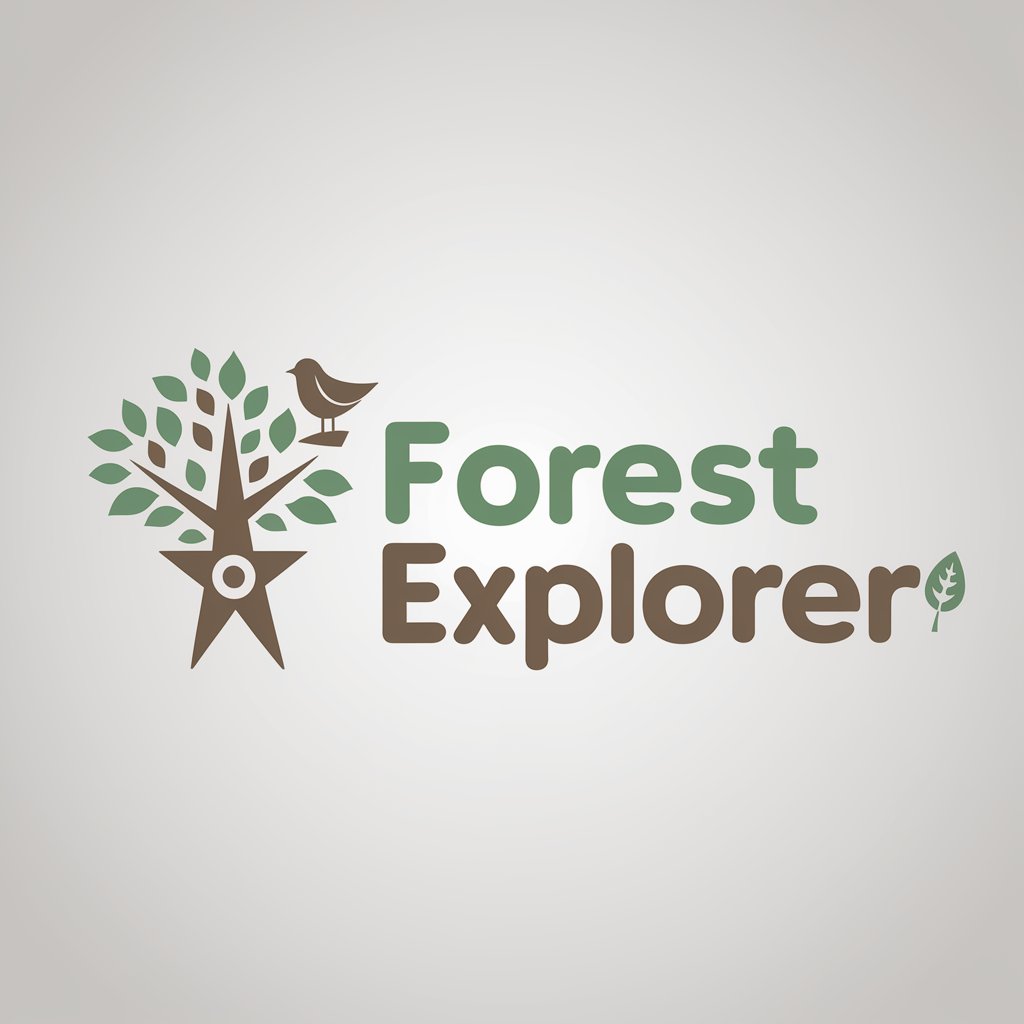
AllBreedInfo
Discover Breeds, Unleash Insights
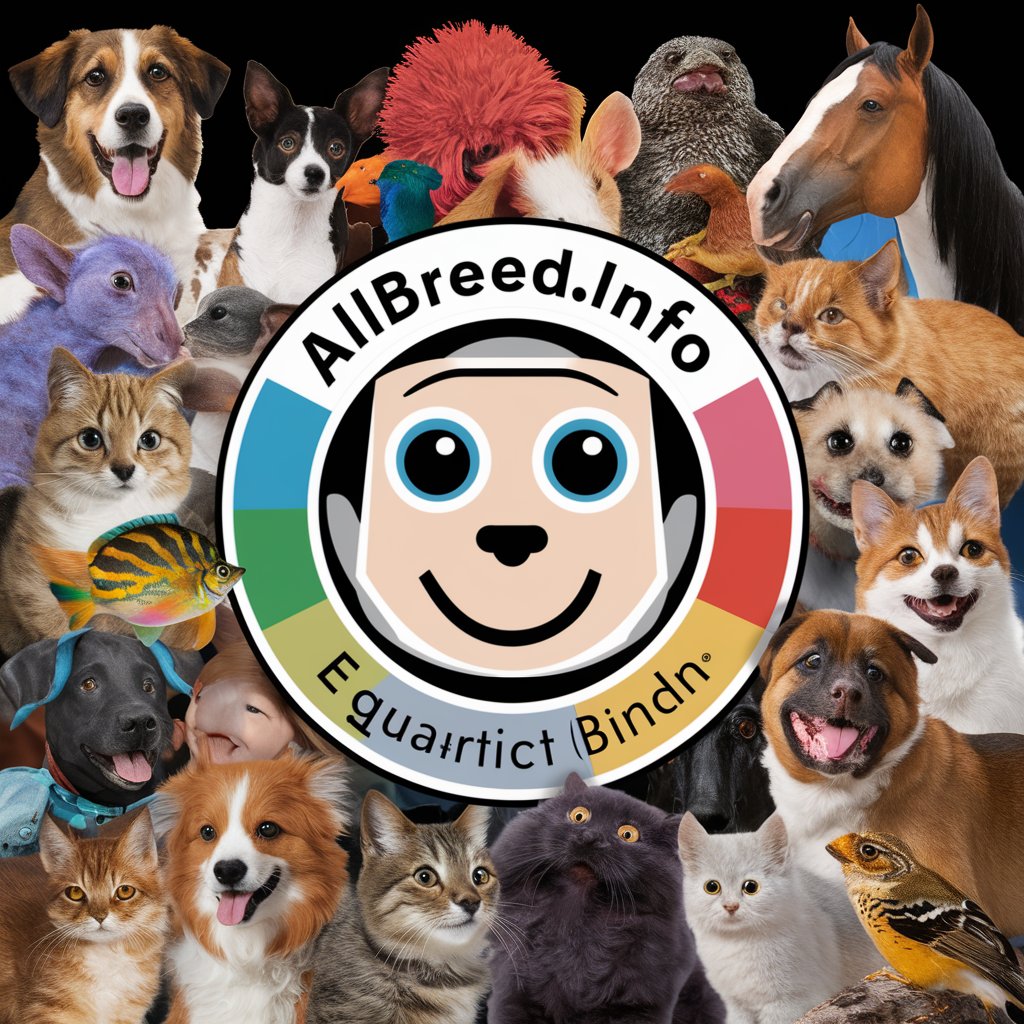
🐾🔍 Animal Kingdom Explorer GPT 🦁🌿
Explore wildlife with AI-powered guidance

🏞️ Nature's Trail Recreation Helper 🌳
Empowering outdoor adventures with AI

Predator
Empowering Wildlife Knowledge with AI
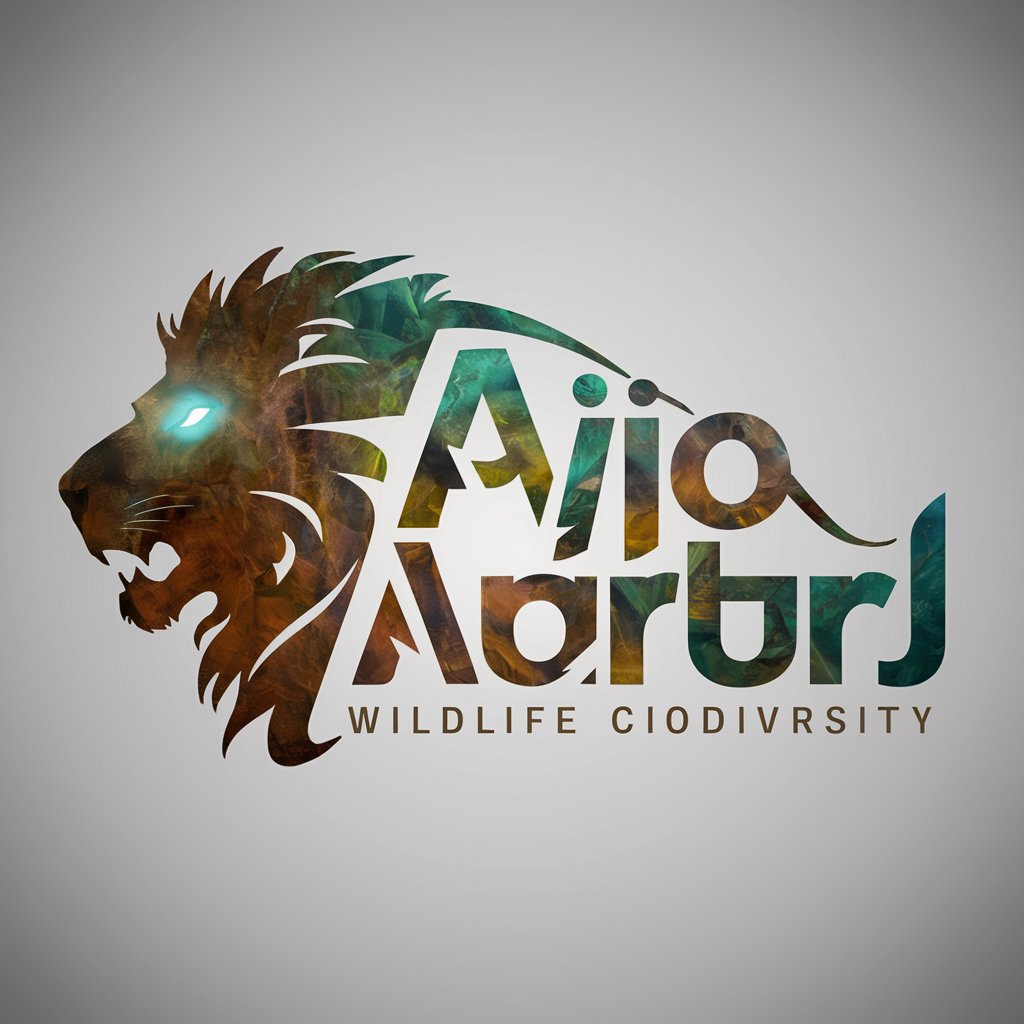
Unique Capabilities of Wildlife-Focused AI Tools
These GPTs tools stand out for their adaptability, capable of handling a range of tasks from simple Q&A to complex content creation related to wildlife education. Special features include language learning capabilities, enabling them to understand and generate content in multiple languages, technical support for in-depth research, web searching for the latest wildlife conservation news, image creation to visually represent wildlife, and data analysis for scientific research. Their ability to tailor responses based on user interactions makes them invaluable for educational purposes.
Who Benefits from Wildlife Educational AI?
AI GPTs for Wildlife Education cater to a wide audience, including novices seeking to learn about wildlife, developers creating educational content, and professionals in conservation and research. They are particularly beneficial for educators and students in environmental science, offering an accessible platform for those without coding skills while also providing advanced customization options for tech-savvy users. Their versatility makes them a powerful tool for anyone interested in wildlife education.
Try Our other AI GPTs tools for Free
Management Efficiency
Explore how AI GPTs enhance Management Efficiency through automation, optimization, and personalized solutions, transforming managerial tasks and decision-making.
Art Discovery
Explore the fusion of art and AI with our Art Discovery tools, designed to enrich your understanding and creation of art through advanced AI algorithms.
Tax Laws
Discover how AI GPTs for Tax Laws revolutionize tax planning and compliance, offering intuitive, up-to-date guidance and solutions for everyone from novices to professionals.
Pattern Design
Discover how AI GPTs revolutionize pattern design, offering adaptive tools for creative exploration and technical precision, accessible to novices and professionals alike.
Real-Time Learning
Discover how AI GPTs for Real-Time Learning revolutionize instant knowledge acquisition and problem-solving across various sectors, making advanced learning accessible to all.
Tool Development
Discover how AI GPTs for Tool Development streamline software creation with adaptable, intelligent solutions designed for developers at all levels.
Expanded Horizons with AI in Wildlife Education
AI GPTs for Wildlife Education not only simplify the dissemination of knowledge but also enrich the learning experience through interactive and customizable content. Their integration with existing educational platforms and workflows further enhances their utility, providing seamless access to a wealth of wildlife information. The user-friendly interfaces of these tools ensure that engaging with wildlife education is more accessible and enjoyable for all.
Frequently Asked Questions
What exactly are AI GPTs for Wildlife Education?
They are AI-powered tools designed to facilitate learning and engagement with wildlife topics, leveraging GPT technology to offer tailored educational content and interactive experiences.
How do these AI tools support wildlife education?
They support wildlife education by providing accurate, up-to-date information, creating engaging content, answering questions, and even generating images related to wildlife, thereby enhancing learning experiences.
Can these tools generate content in multiple languages?
Yes, thanks to their language learning capabilities, these AI tools can understand and generate content in multiple languages, making wildlife education accessible to a broader audience.
Do I need programming skills to use these AI tools?
No, these tools are designed to be user-friendly and accessible to those without coding skills, with intuitive interfaces that make them easy to navigate.
Can developers customize these AI GPTs for specific projects?
Yes, developers have access to customization options, allowing them to tailor the AI's functionality for specific wildlife education projects or research needs.
Are these AI tools useful for professionals in wildlife conservation?
Absolutely, professionals in wildlife conservation can leverage these tools for research, data analysis, and educational outreach, enhancing their conservation efforts.
How do these AI tools stay updated with the latest wildlife information?
They utilize web searching capabilities and continuous learning algorithms to stay updated with the latest research, news, and information in the field of wildlife conservation.
Can these tools help with visual learning through image creation?
Yes, one of the special features includes the ability to generate images, aiding in visual learning and helping users to better understand and visualize wildlife topics.